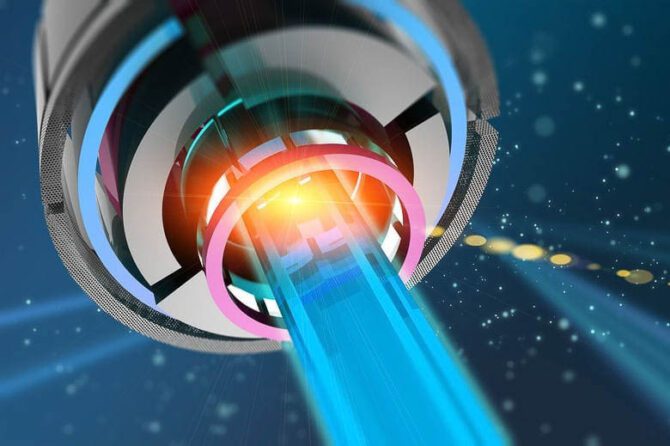
What’s the deal with LASER surgery for pilonidal sinus (SiLaC)?
It sounds so simple!
Lasers are used for many things in the medical profession, and especially in surgery. Lasers are currently being used to eradicate pilonidal sinuses. A beam of light sounds like such a simple and pain free solution to a difficult problem. I think when patients envision a laser being used for surgery, they think of a beam of light shining on the tissues and magically curing problems!
In laser surgery for pilonidal disease the laser is used very differently than you might imagine. In the case of eradicating a pilonidal sinus, the laser is attached to a fiber-optic conduit, which brings the light energy to a specialized tip, that turns the light into heat. So, no part of a light beam is in contact with the tissues, but a red-hot fiber-optic tip is used to burn tissues.
There is a category of “minimally invasive” treatments for pilonidal disease that remove the pits and sinus tracts, but do not address the shape or depth of the gluteal cleft. These rely on some method to remove the sinus “tunnel” and hope it will heal. The tunnel can be eradicated with chemicals, surgery, cold, or heat. In the case of laser surgery, heat is used to burn the tissues in hopes that they will subsequently heal and that the sinus will not recur.
So, this is a destructive process, involves burning tissue, may not be pain free, and may or may not be a permanent solution to a patient’s pilonidal disease. In general, it is no more effective than EPSiT, pit picking or Gips procedures, which accomplish the same thing without the expensive laser equipment. The five year results of “pit picking” or the “Bascom 1” procedure has recently been published, and this series demonstrated a 62% failure rate.
(Also, it should be noted that this is very different from using a laser to permanently destroy hair follicles for permanent hair removal. In that case, a light beam is indeed used. But, hair removal is not a treatment modality that we feel is necessary in taking care of pilonidal disease.)
So, although laser pilonidal cystectomy sounds very “space age” and pain free, it is just a minor variation of already described procedures to treat pilonidal disease. In our clinic, we do not perform the “minimally invasive” procedures, but rather prefer the cleft-lift because of its superior success rate. However, it is not unreasonable for a patient to give laser surgery a try – as long as they understand the limitations.
